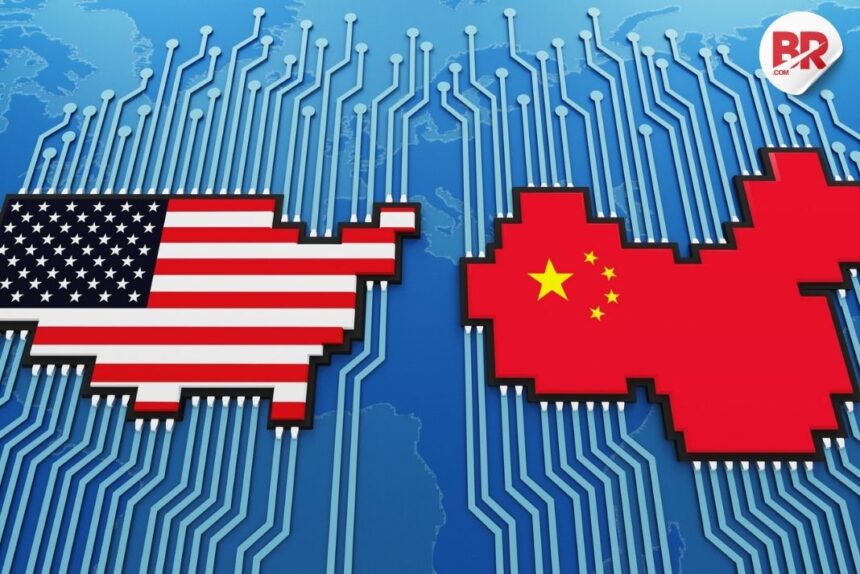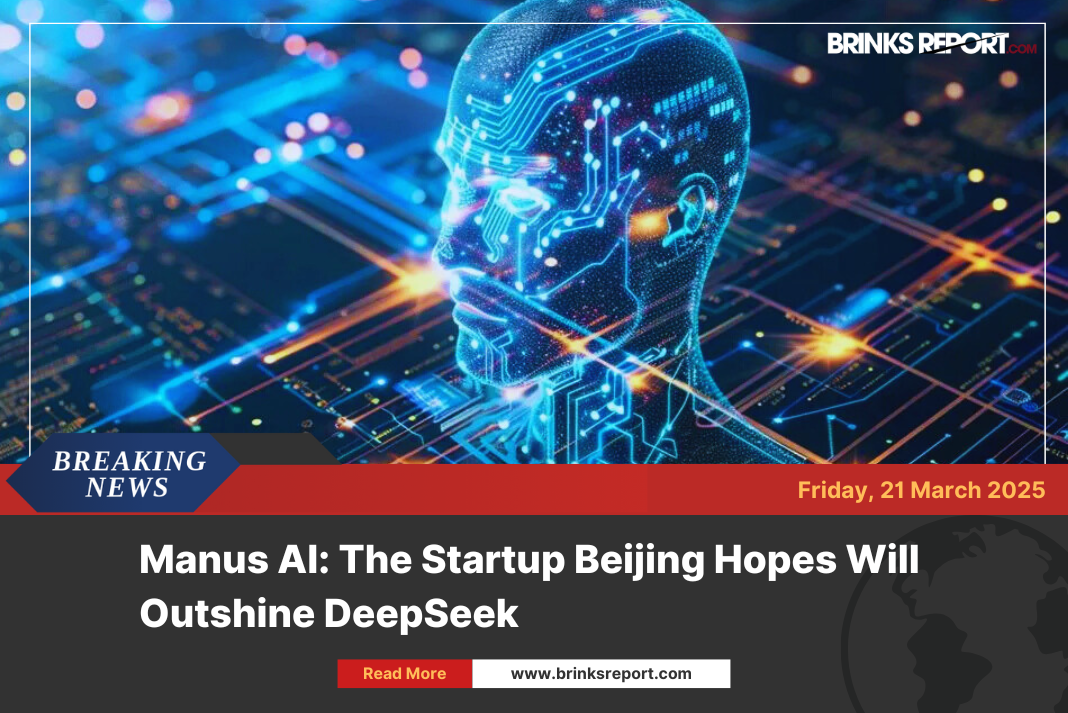
The US-China tech war AI semiconductors crisis is no longer just about trade—it’s about tech supremacy. What started as a clash over soybeans and steel has evolved into a battle for control over the world’s most powerful technologies. Today, artificial intelligence (AI) and semiconductors are the main battlegrounds, defining not just the future of economies, but also of global influence.
A New Kind of War Is Here
In 2018, tariffs on goods like steel, aluminum, and agricultural products made headlines. But now, the focus has shifted. Why? Because both nations realize that whoever leads in AI and chip technology will likely control the next era of innovation, defense, and even diplomacy.

This war isn’t about physical borders. It’s about access to data, algorithms, and hardware—the silent engines of modern life.
Why Semiconductors Matter More Than Ever
Semiconductors—or simply “chips”—are the brain inside every smart device. They power your phone, your car, your laptop, and even missiles and satellites. They’re also crucial for training AI systems.
The U.S. still leads in advanced chip design and manufacturing capabilities through firms like Nvidia, Intel, and AMD. Meanwhile, China remains a major consumer but lags in producing the most advanced chips.
To slow down China’s progress, the U.S. has imposed export controls. In October 2022 and again in 2023, the Biden administration restricted the sale of top-tier AI chips to China. This included Nvidia’s powerful A100 and H100 chips, which are essential for training large language models (LLMs).
Nvidia’s Challenge
Nvidia, the American chip giant, was heavily affected. China accounted for over 20% of its data center sales. Now, with restricted access, Nvidia is developing new, downgraded versions of its chips (like the A800) specifically for the Chinese market—chips that comply with the new rules but lack peak performance.
“Nvidia’s export controls reflect a broader U.S. policy to slow China’s access to cutting-edge AI tech.” — LinkedIn Analysis
Huawei’s Fight for Chip Sovereignty
China isn’t sitting idle. Huawei, despite being blacklisted in the U.S., has doubled down on self-reliance. The launch of its Ascend 910B AI chip, built in-house, was a statement of resilience.
China’s government has invested over $150 billion to support its domestic semiconductor industry. Companies like SMIC (Semiconductor Manufacturing International Corporation) are being pushed to scale local production, even if they’re a generation behind.
“Huawei declares war on Nvidia in AI chip arena” — OpenTools AI
Software Supremacy: OpenAI’s Role
While China is focused on hardware, the U.S. dominates in AI software. OpenAI, the creator of ChatGPT, has become the poster child for American AI innovation.
Its large language models (LLMs) are trained on massive datasets using U.S.-made chips and infrastructure. These models now power chatbots, code assistants, and tools used globally. This gives the U.S. a soft power advantage, shaping how the world uses and understands AI.
Global Ripples: What the Tech War Means
The US-China tech war AI semiconductors conflict is not limited to just two nations. Its impact is felt worldwide.
Global Supply Chains Are Being Redrawn
Chipmaking isn’t done in one place. It’s global—design in the U.S., fabrication in Taiwan, and assembly in Malaysia. The war is forcing companies to rethink logistics. Firms like Apple are shifting some iPhone production to India and Vietnam to avoid dependency on China.
Also Read: Generative AI Now a Weapon in China-Taiwan Conflict, Says Taipei
Innovation vs Fragmentation
More investment leads to faster breakthroughs. But if standards split—say Chinese chips can’t run U.S. AI software—the world may end up with two incompatible tech ecosystems. That’s bad for business, consumers, and global progress.
Geopolitical Realignments
Countries are choosing sides. The U.S. works closely with allies like Japan, the Netherlands, and South Korea to control chip tech. China, on the other hand, is deepening its influence in Africa, Latin America, and parts of Asia with digital infrastructure investments.
What’s Next?
The tech war is far from over. As U.S. export controls tighten, China is accelerating domestic efforts. Both sides are pouring billions into R&D, building data centers, and recruiting top AI talent.
This is not just a race for market share. It’s a race for the future of global power.
Also Read: “I Told TSMC 100% Tax If They Don’t Build Here”: Trump












